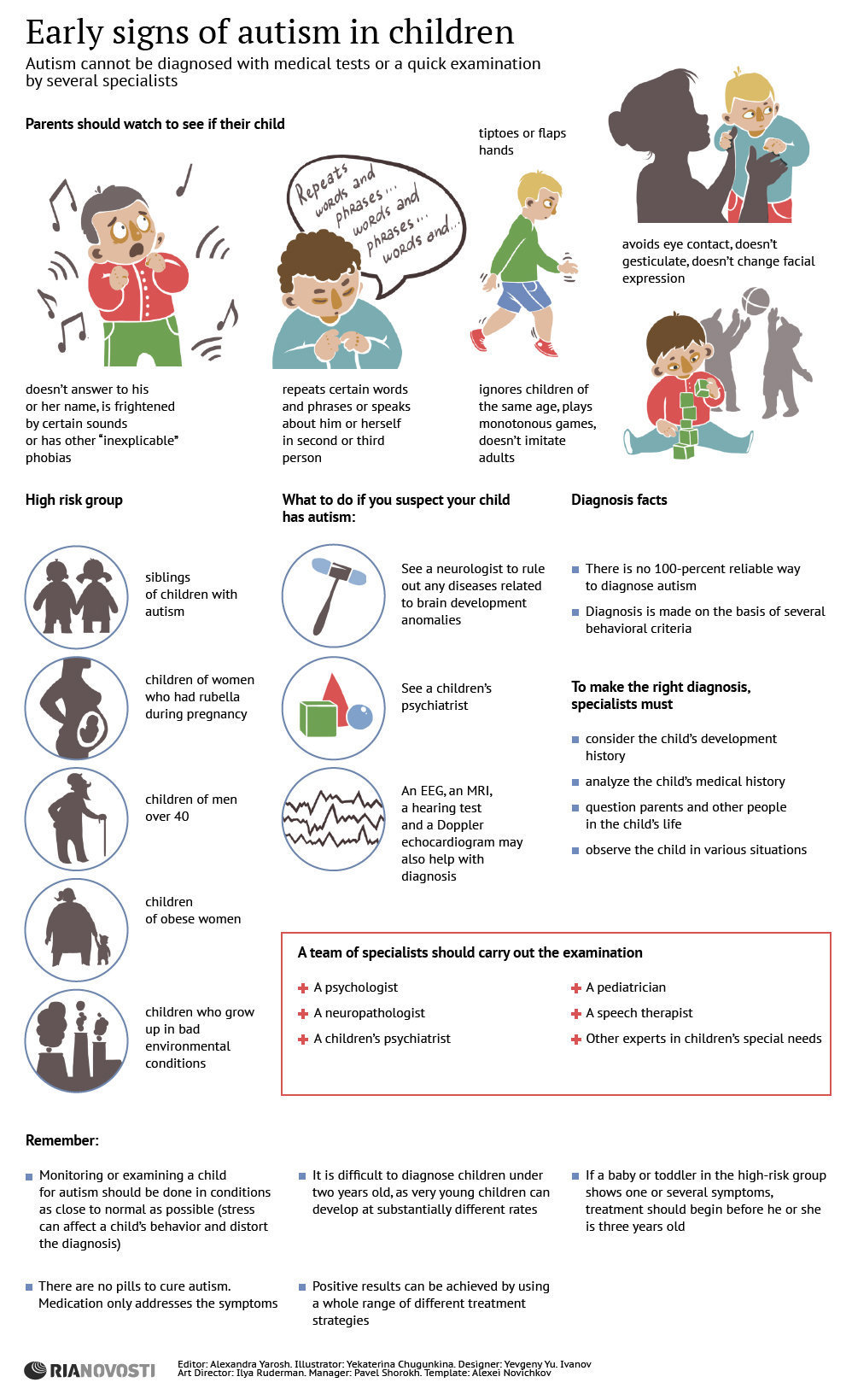Can You Refuse Psychiatric Treatment
Can You Refuse Psychiatric Treatment
Blog Article
How Do Mood Stabilizers Work?
Mood stabilizers aid to soothe areas of the brain that are influenced by bipolar illness. These medicines are most effective when they are taken regularly.
It might take a while to find the best drug that functions ideal for you and your doctor will monitor your problem throughout therapy. This will certainly involve regular blood tests and potentially a modification in your prescription.
Natural chemical law
Neurotransmitters are a group of chemicals that control one another in healthy and balanced people. When degrees come to be unbalanced, this can lead to mood disorders like anxiety, stress and anxiety and mania. State of mind stabilizers assist to stop these episodes by aiding manage the equilibrium of these chemicals in the mind. They also may be used alongside antidepressants to enhance their efficiency.
Medications that work as mood stabilizers include lithium, anticonvulsants and antipsychotics. Lithium is possibly the most well known of these medicines and works by impacting the circulation of salt with nerve and muscular tissue cells. It is frequently made use of to deal with bipolar illness, however it can likewise be practical in dealing with various other mood conditions. Anticonvulsants such as valproate, lamotrigine and carbamazepine are additionally reliable state of mind maintaining drugs.
It can spend some time to locate the appropriate sort of drug and dose for every individual. It is very important to deal with your physician and engage in an open dialogue about how the medication is benefiting you. This can be specifically handy if you're experiencing any kind of negative effects.
Ion network inflection
Ion channels are a major target of mood stabilizers and many various other medicines. It is currently well established that they are dynamic entities that can be modulated by a variety of exterior stimulations. Furthermore, the inflection of these channels can have a variety of temporal effects. At one extreme, changes in gating dynamics might be quick and instant, as in the nicotinic acetylcholine receptor/channel system. At the other end of the range, covalent alteration by healthy protein phosphorylation may result in adjustments in network function that last longer.
The field of ion network modulation is entering a duration of maturation. Current research studies have shown that transcranial concentrated ultrasound (US) can stimulate nerve cells by triggering mechanosensitive potassium and sodium channels installed within the cell membrane layer. This was demonstrated by expressed networks from the two-pore domain name potassium household in Xenopus oocytes, and focused United States substantially modulated the current moving with these channels at a holding voltage of -70 mV (right panel, loved one impact). The results follow previous monitorings showing that antidepressants influencing Kv networks regulate glia-neuron communications to contrary depressive-like habits.
Neuroprotection
Mood stabilizers, like lithium, valproic acid (VPA), and carbamazepine, are crucial in the therapy of bipolar disorder, which is identified by frequent episodes of mania and anxiety. These drugs have neuroprotective and anti-apoptotic properties that aid to avoid mobile damages, and they also boost cellular resilience and plasticity in useless synapses and neural circuitry.
These safety activities of mood stabilizers might be mediated by their inhibition of GSK-3, inositol signaling, and HDAC task. Additionally, lasting lithium therapy protects versus glutamate excitotoxicity in cultured neurons-- a version for neurodegenerative conditions.
Studies of the molecular and mobile effects of state of mind stabilizers have revealed that these medicines have a wide range of intracellular targets, consisting of multiple kinases and receptors, along with epigenetic adjustments. Further study is required to determine if state of mind stabilizers have neurotrophic/neuroprotective actions that are cell kind or circuitry certain, and how these results may enhance the rapid-acting therapeutic feedback of these agents. This will certainly assist to create new, much faster acting, much more reliable treatments for psychiatric ailments.
Intracellular signaling
Cell signaling is the process through which cells interact with their setting and other cells. It entails a sequence of action in which ligands interact with membrane-associated receptors and cause activation of intracellular paths that control crucial downstream cellular features.
Mood stabilizers act upon intracellular signaling via the activation of serine-threonine protein kinases, causing the phosphorylation of substrate healthy proteins. This activates signaling waterfalls, bring about changes in gene expression and cellular function.
Several mood stabilizers (including lithium, valproate and lamotrigine) target intracellular signaling pathways by inhibiting specific bipolar disorder treatment phosphatases or activating specific kinases. These impacts trigger a reduction in the activity of these pathways, which causes a decrease in the synthesis of certain chemicals that can impact the mind and result in signs and symptoms of depression or mania.
Some mood stabilizers additionally work by improving the task of the inhibitory neurotransmitter gamma-aminobutryic acid (GABA). This improves the GABAergic transmission in the mind and decreases neural task, thus creating a relaxing effect.